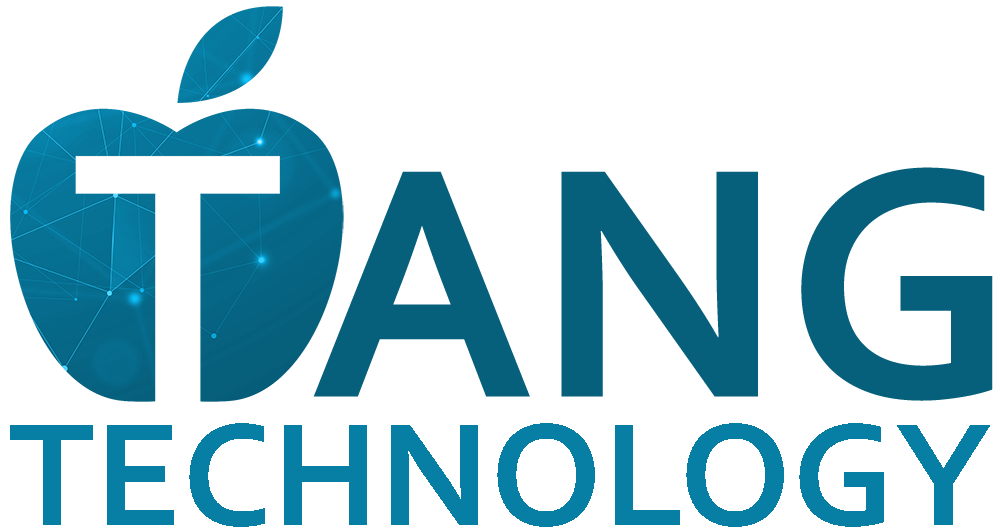Technology is increasingly integrated into almost every aspect of our lives. Have we considered the role technology has in organizational approaches to performance improvement? How do companies ensure they’re implementing the right technology solutions to drive meaningful change?
Many businesses invest in e-learning platforms, AI-driven feedback tools, mobile apps, and real-time analytics, hoping to boost performance. However, without a structured learning technology strategy, these investments often fail to deliver their full potential.
In the last few posts, we’ve explored Gilbert’s Behavioral Engineering (Six Box) Model. In this post, we’ll dig into how we can use this model to guide technology-based interventions to optimize performance.
Technology’s Role in Performance Improvement
1. Enhancing Information (Box 1: Expectations & Feedback)
AI-powered systems can now deliver immediate, objective feedback to employees. For example, sales organizations are embedding AI-driven performance coaching into CRM systems to analyze communication patterns and improve customer interactions. According to Demodesk, these tools help sales reps receive real-time guidance on how to adjust tone, timing, and engagement during conversations—ultimately increasing performance by boosting closure rates and shortening sales cycles.
2. Providing the Right Tools & Resources (Box 2: Tools & Environment)
Mobile apps and cloud-based systems are transforming how employees access and use the tools they need. For example, in child welfare services, mobile case management apps are helping social workers reduce administrative burden and increase client-facing time. Opeeka reports that these tools have been shown to cut documentation time by up to 50%, enabling more responsive, data-driven casework and improving worker satisfaction.
3. Aligning Incentives with Performance (Box 3: Motivation & Rewards)
Technology is helping align rewards with real performance outcomes. In call centers, gamified reward systems—where employees earn points and badges for meeting performance goals like resolution speed and customer satisfaction—are proving highly effective. According to Call Center Studio, gamification has resulted in a 40% increase in employee engagement, improving both morale and service quality when aligned to business metrics.
4. Improving Knowledge & Skill Development (Box 4: Training & Competence)
Immersive learning experiences such as virtual reality (VR) simulations are enhancing the retention and transfer of skills. A 2023 study published in the International Journal of Environmental Research and Public Health found that VR-based emergency simulations for nurses significantly improved preparedness. Nurses who used VR training demonstrated greater competence and faster response times compared to those who received only traditional classroom instruction.
5. Supporting Employee Well-Being & Capacity (Box 5: Physical & Mental Capacity)
Benefits from wearable technologies and AI-driven workload tools that help monitor health, fatigue, and injury risk. A case study on ResearchGate showed how wearable devices used in a warehouse setting tracked gait patterns to assess fatigue levels. With real-time alerts to encourage timely breaks, this proactive system helped reduce injury risks and supported a safer, more sustainable working environment.
6. Strengthening Culture & Motivation (Box 6: Workplace Fit & Engagement)
AI-powered sentiment analysis platforms are providing organizations with real-time insights into employee engagement and morale. A case study from Redress Compliance highlights how Culture Amp used AI to continuously monitor employee sentiment through surveys and internal communications. When dips were detected, HR was able to intervene with targeted actions—resulting in measurable improvements in employee experience and retention.
Why the Six Box Model and Technology Work Best Together
Many organizations adopt technology without considering how it fits into the bigger picture of performance improvement. Gilbert’s Behavioral Engineering model is a great starting point for aligned a learning technology strategy with organizational goals and preventing random tech investments by ensuring:
✅ The right information and feedback systems are in place.
✅ Employees have the tools and resources needed to succeed.
✅ Incentives align with actual performance drivers.
✅ Training solutions address skill gaps effectively.
✅ Employees are not overworked but have capacity support.
✅ The work culture is reinforced through engagement strategies.
When technology is mapped to specific performance needs, it amplifies human potential instead of simply adding complexity.

